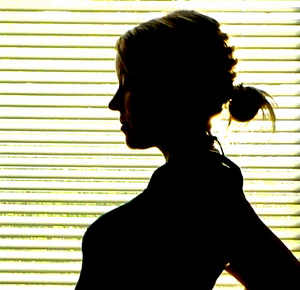With instances of original work being plagiarized from Creative Commons’ contributors, the licensing options with Creative Commons can appear confusing to new members. Below is a dissection of what you need to consider before you publish with Creative Commons.
The first thing you need to know before you publish with Creative Commons is that you don’t have to publish granting full use rights to everyone. Many people, before they actually publish anything, feel that that is the only option due to the philosophy of the Creative Commons website. Creative Commons itself does offer all of its software and images for free use; however, it does not mean that it expressly expects that from its members. You have the right to restrict licensing on your copyrighted work. In fact, Creative Commons goes out of its way to help you understand your licensing options. However, it is important to keep in mind that Creative Commons only offers non-exclusive licensing options. In other words, once you license your material with Creative Commons, you can’t enter into an exclusive licensing agreement with anyone.
While many might claim that Creative Commons gives the wrong impression of their true purpose by allowing free use of all of their own material, if you take a few minutes to search the Creative Commons website you will find extensive information on protecting your copyrights and your different options under the creative commons licensing agreements. If you take the time to thoroughly research your options, you won’t find your work being used as is all over the Internet or even publishing without you getting acknowledgement and/or compensation.
You may now be asking what you can license with Creative Commons. According to the Creative Commons website, you can use their website to freely license any work to which you hold the copyright. This encompasses written work, blogs, photography, software, lesson plans, and much more. However, it can’t be used to license material for which you have already entered into an exclusivity agreement. Associated Content articles are a good example. If you chose to exclusively license your material with Associated Content, you can’t use Creative Commons to freely license the same material. However, if you have only provided Associated Content with non-exclusive licensing, you are free to license your material with Creative Commons as well.
Licensing your own material can with Creative Commons can be a bit tricky if you aren’t fully aware of your options. However, it can be a wonderful source of ideas for your own writing. You also might want to use some of the material by other authors on Creative Commons in order to flesh out your Associated Content articles. Just be careful when doing so. First off, be sure that you have free use of their material and be aware of their specifications. At the very least, you will need to credit the copyright holder when you quote their material in your article or use one of their photographs to enhance your article.
When considering publishing on Creative Commons, it is important to fully understand not only what copyrights you hold and your licensing options, it is also important to remember the very nature of Creative Commons. Contributors are expected to use bits and pieces of other’s work (giving proper credit, of course); the idea being that that we can all benefit from the work of others. That is an important concept, especially when publishing material on-line.




